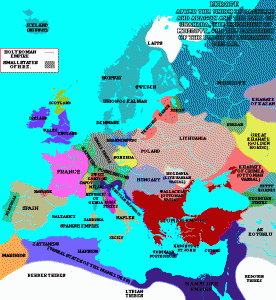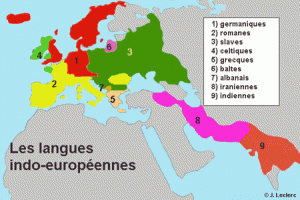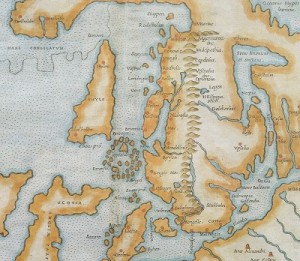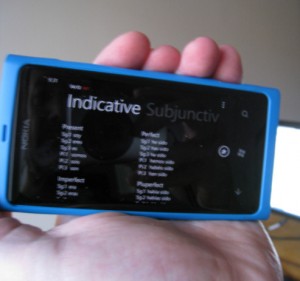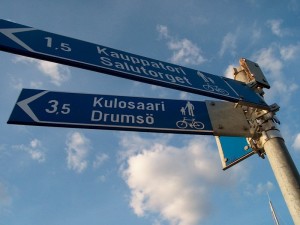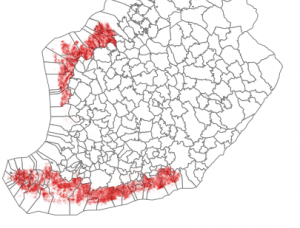After the latest ice age, Europe got free from the ice and the population could move to new areas from the refuges — or the inhabited areas during the ice age.
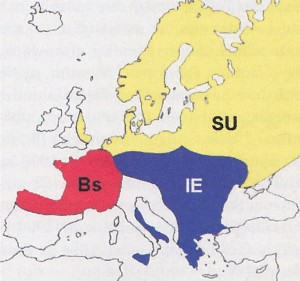
During this era Europe underwent the neolithic revolution, the time when people switched from hunter gathering to domestication. It is assumed that the Indo-Europeans brought the domestication to Europe and therefore won terrain over the other linguistic groups.

